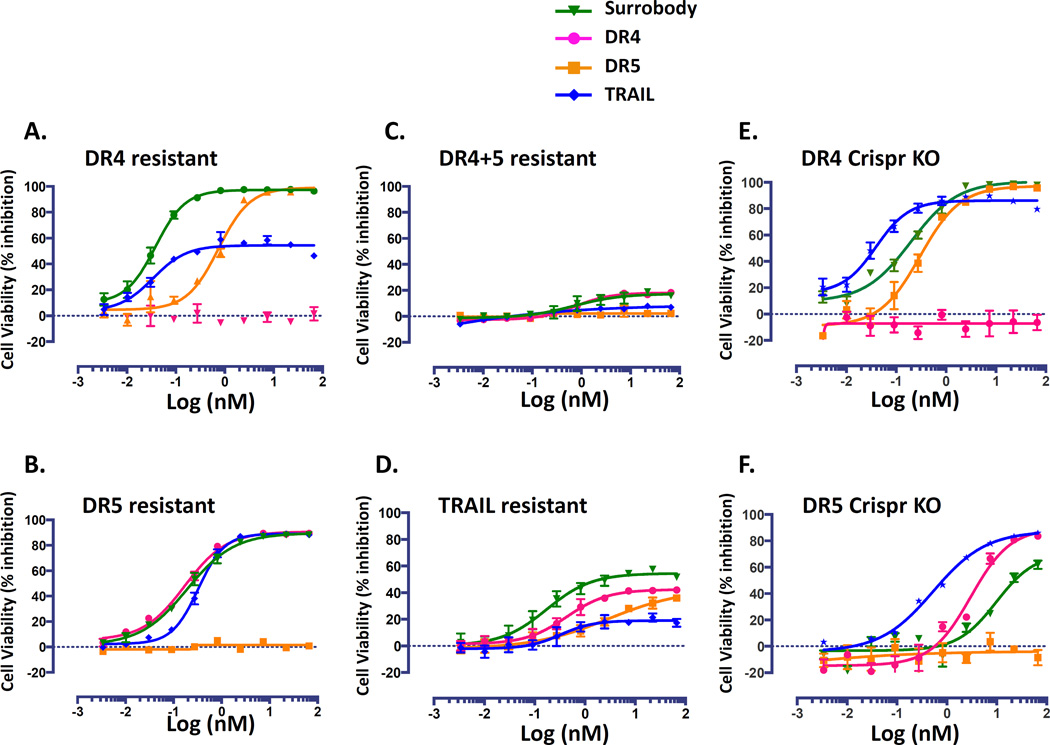Figure 6. DR4 and DR5 resistant tumor cell lines remain sensitive to death receptor dual agonists Surrobody.
MDA-MB-231 cell lines resistant to DR4 (A), DR5 (B), DR4+DR5 (C), or TRAIL (D) were created by culturing them for 3 weeks in 500 ng/ml of anti-DR4 antibody, 1000ng/ml of anti-DR5 antibody, 250 ng/ml each of anti-DR4 and anti-DR5, or 50 ng/ml TRAIL. MDA-MB-231 cells that are deficient for either DR4 (E) or DR5 (F) receptors were generated using Crispr gene knockout technology. To assess the sensitivity of these resistant cells to various DR agonists, the cells were plated at a density of 750 cells/well into 384 wells and cultured with increasing concentrations of monospecific anti-DR4 antibody (pink), monospecific anti-DR5 antibody (orange), death receptor dual agonist Surrobody (bright green), or TRAIL (blue) for 48 hr. Before addition to cells, all the monospecific antibodies and Surrobody were incubated for 5 minutes with 0.5× molar ratio of protein G to facilitate clustering. Relative cell viability was estimated from cellular ATP measurements using the Cell Titer Glo reagent (Promega), expressing data as % inhibition of cell survival (mean ± SEM; n= 4).

